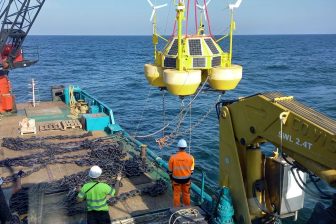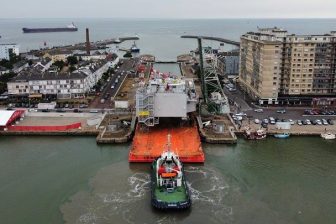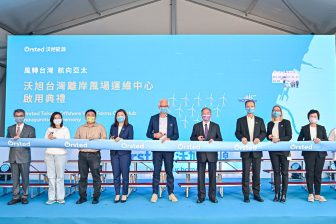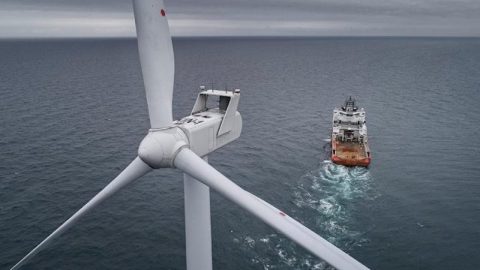
Renewable energy capacity growing at fastest rate since 2015
After stalling last year, the renewables energy market is back on track with double-digit growth according to the International Energy Agency (IEA). The growth is driven in particular by solar power and onshore wind energy, but the agency also says “offshore wind is showing encouraging signs.”
Worldwide renewable energy capacity is expected to grow by 200 GW this year, reflecting a 12% growth in the annual capacity addition. According to the IEA, that means the renewable energy market is accelerating at its fastest pace since 2015.
“These latest numbers give us many reasons to celebrate: Renewable electricity additions are now growing at their fastest pace in four years after a disappointing 2018,” said IEA’s executive director Fatih Birol. “We are witnessing a drastic decline in the cost of solar power together with strong growth in onshore wind. And offshore wind is showing encouraging signs.”
Solar power is by far the biggest contributor delivering around 115 GW of new capacity in 2019, more than half of the total addition of 200 GW. This is set to be the first year that solar photovoltaic (PV) additions have surpassed 100 GW and the third year in a row that they account for more than half of global renewable additions. The growth is driven by lower costs as solar PV prices have plunged more than 80% since 2010, making the technology increasingly competitive in many countries.
Onshore wind additions are expected to grow by 15% to 53 GW, the largest increase since record deployment in 2015. In the United States, project developers have accelerated deployment before the phase-out of federal production tax credits. In China, lower curtailment levels have unlocked additional growth in several provinces this year, enabling faster expansion.
Led by Europe, the offshore wind market is expected to grow at a stable rate of 5 GW.
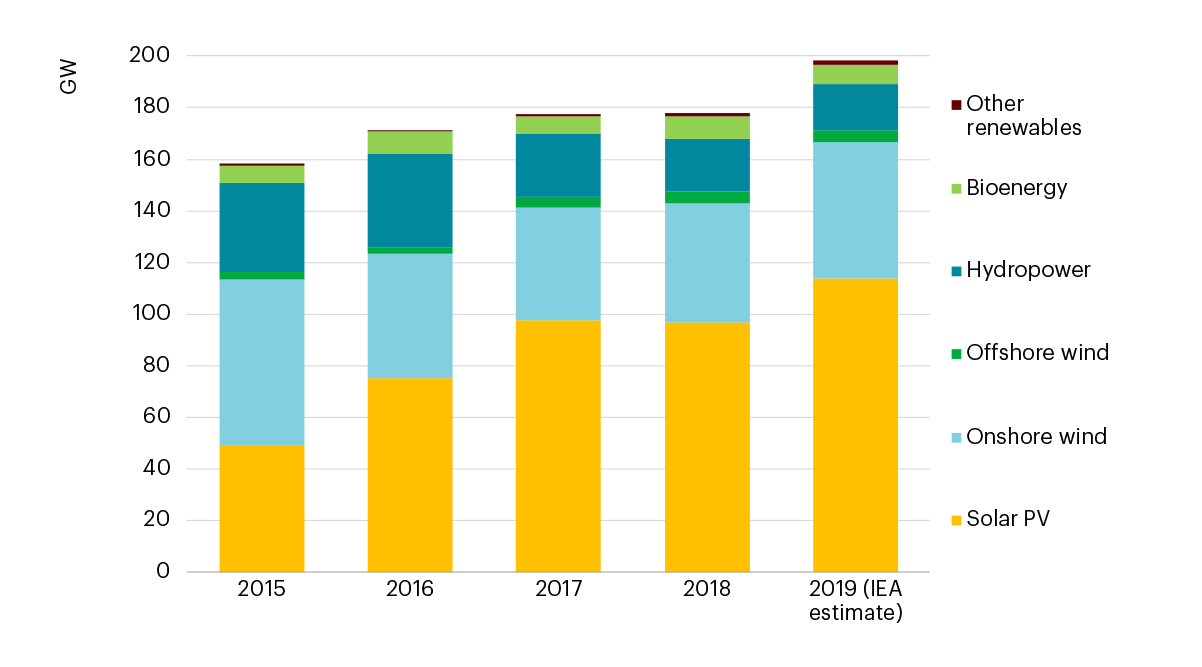
Leading countries
China still leads the installation of new capacity by a large margin. However, looking at the past three years it’s clearly visible that growth rate is slowing down, while the EU, US and ASEAN countries have accelerated their capacity additions. According to the IEA, that trend is mainly caused by a softening solar market in the country. In Europe, solar additions have increased.
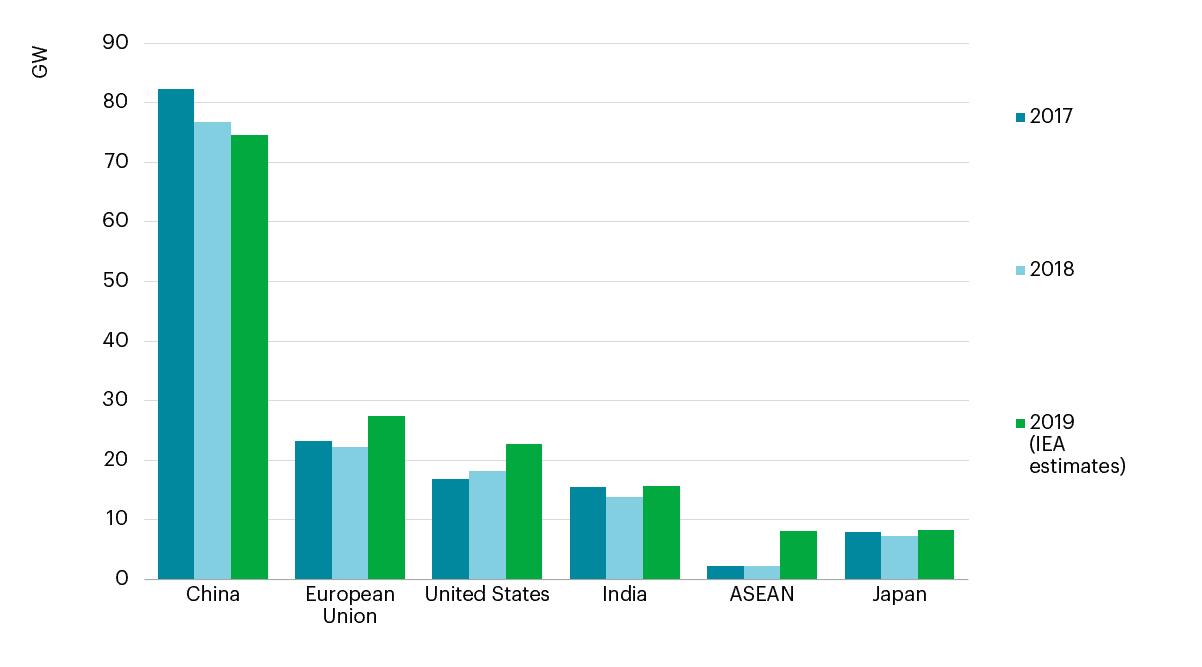
Offshore wind
Renewables have a major part to play in curbing global emissions. According to the IEA’s Sustainable Development Scenario, renewable capacity additions need to grow by more than 300 GW on average each year between 2018 and 2030 to reach the goals of the Paris Agreement. That means that there is still a lot more work to be done.
For the project cargo industry, the wind markets are the most interesting as the transport of the large turbines, blades and foundations require specialist equipment. With new offshore wind markets opening in France and Taiwan, it will be interesting to see how the offshore markets are developing in relation to the other renewable energy sources. The IEA will issue a new report about the worldwide offshore wind markets on October 25th, which PCJ will review as well.

